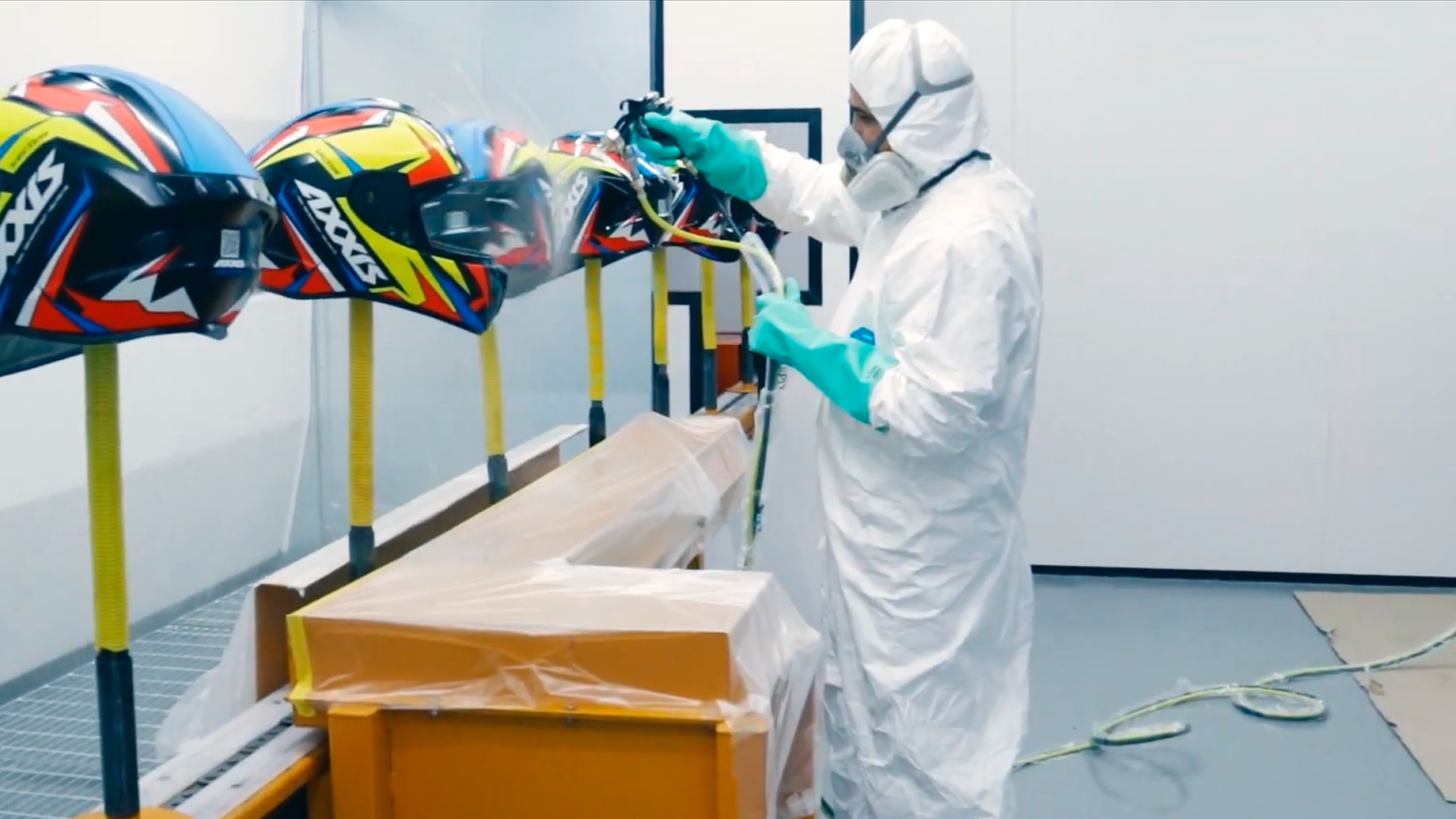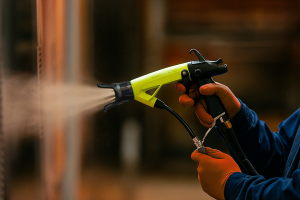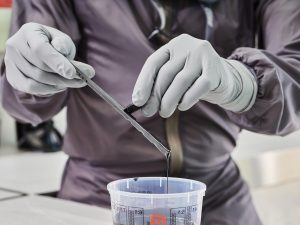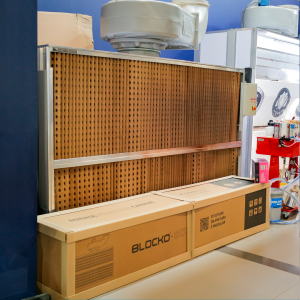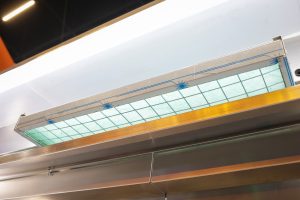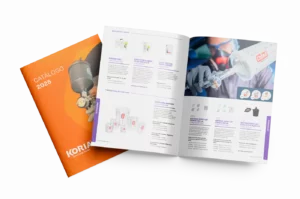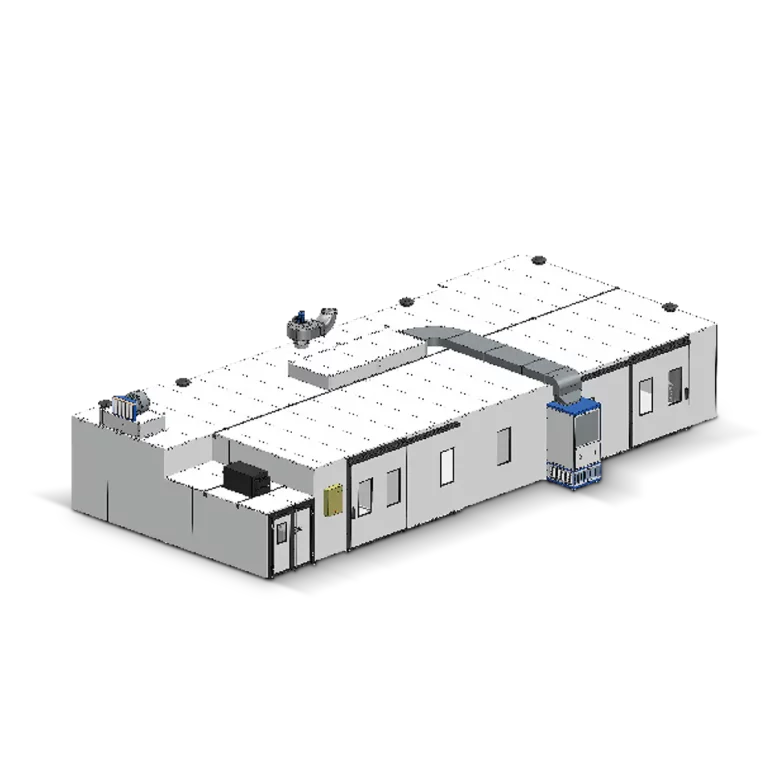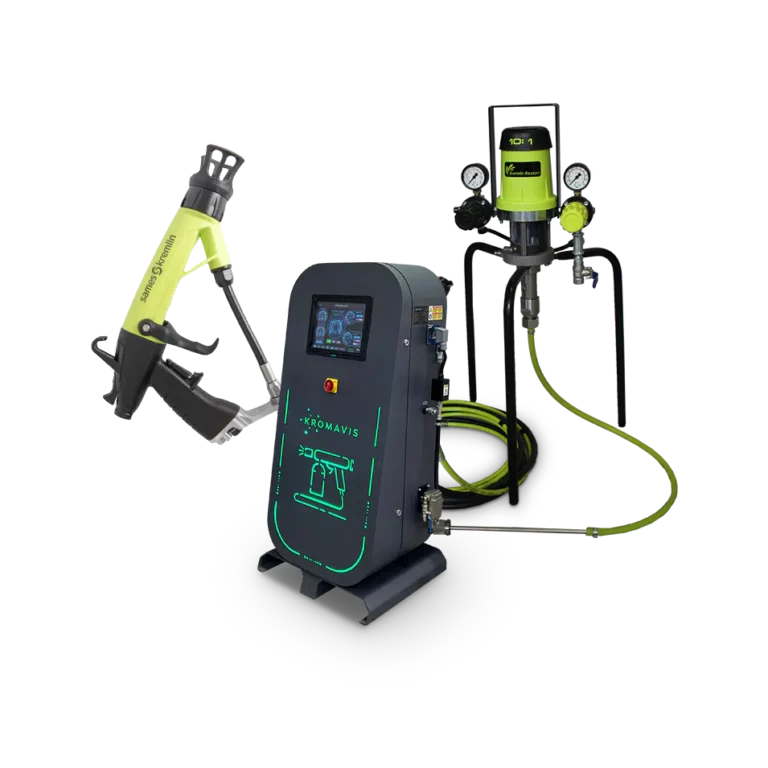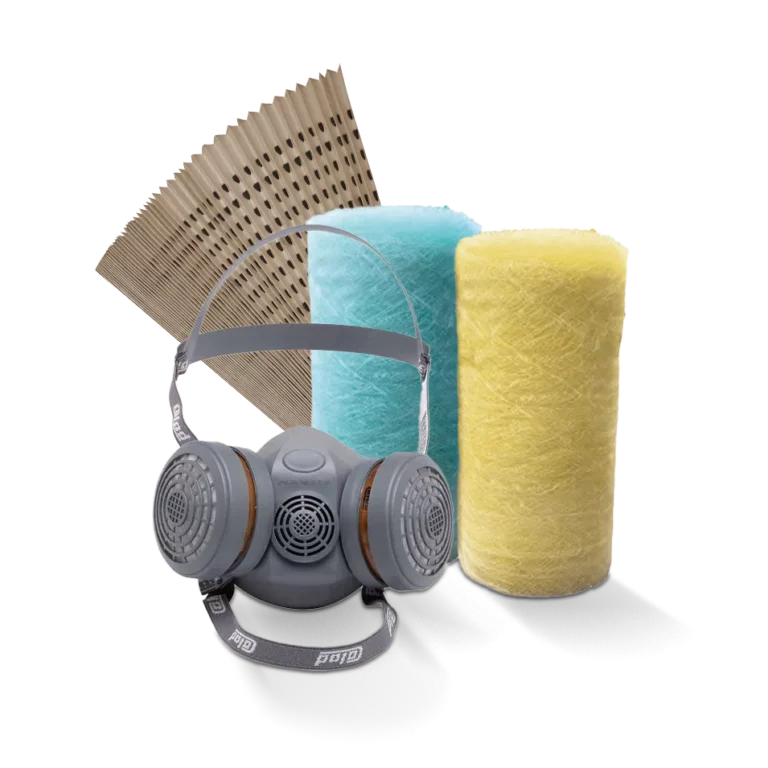What's the difference between an HVLP and an LVLP spray gun? When researching paint guns, you've probably come across these two acronyms: HVLP and LVLP. These are two of the best value models for professional painting and can be used in a variety of fields. However, there are other, more technical details that will determine whether a painter prefers one model or the other. So, what's the difference between an HVLP and an LVLP spray gun?
Conventional pistols
Before we talk about the characteristics of HVLP and LVLP guns, it is important to know the model that came before it, the conventional spray gun, also known as a high-pressure gun. These models operate with an air pressure of 40 to 60 psi (short for "pound force per square inch" or, translated, pound-force per square inch, is the pressure resulting from the force of one pound of force applied to an area of one square inch).
Due to this high pressure, the ink comes out in large quantities. conventional spray gun, however, without the proper adjustment to reach the part to be painted, the use of this model can lead to a large amount of overspray and, consequently, a large waste of paint.
In technical terms, a percentage called ink transfer rate is used, which is simply the proportion of the amount of ink that is deposited on the target surface. conventional spray guns, when they apply 100 grams of paint to the target, it results in about 30 to 35 grams actually adhering to the target surface – which means that the paint transfer rate of these guns will be 30% to 35%.
HVLP gun

THE HVLP atomization gun (High Volume Low Pressure) is characterized by its ability to work with a high volume of paint and low air pressure. It also has larger nozzles, ranging from 1.2 mm to 2.0 mm, and operates with low-pressure compressors, but with large tanks, preferably over 100 liters.
For these technical reasons, these guns have excellent atomization, with a transfer rate of up to 65%. With the HVLP gun It allows for a smoother spraying process with less overspray, ensuring a greater amount of paint on the parts, less waste, and maintaining air quality in the painting environment. This type of spray gun allows for a great finish on a variety of materials, such as wood, metal, and plastic.
LVLP Pistol

As for model pistols LVLP (low volume low pressure) work with a low volume of air and also low pressure. The nozzles of LVLP pistols have smaller orifices, usually between 0.5 mm and 1.0 mm. These guns work with low-pressure compressors with small tanks, such as 25 or 50 liters.
These guns also have a good transfer rate, close to 65%, making them great options for smaller jobs that require precise detail. They also work well with difficult coatings and high-viscosity materials.
This system allows for quick application of coatings, making them ideal for large objects or for producing large quantities. However, for this reason, they end up causing slightly more overspray compared to HVLP gun.
For these and other reasons the LVLP pistol It ends up having a higher cost than the HVLP, so it is important to know what type of service the gun will be used for and what the capacity of the compressor's tank is before purchasing one.
Did you like this post? Share it with your friends or on social media. For more tips on painting and its equipment, visit our blog with exclusive content.
